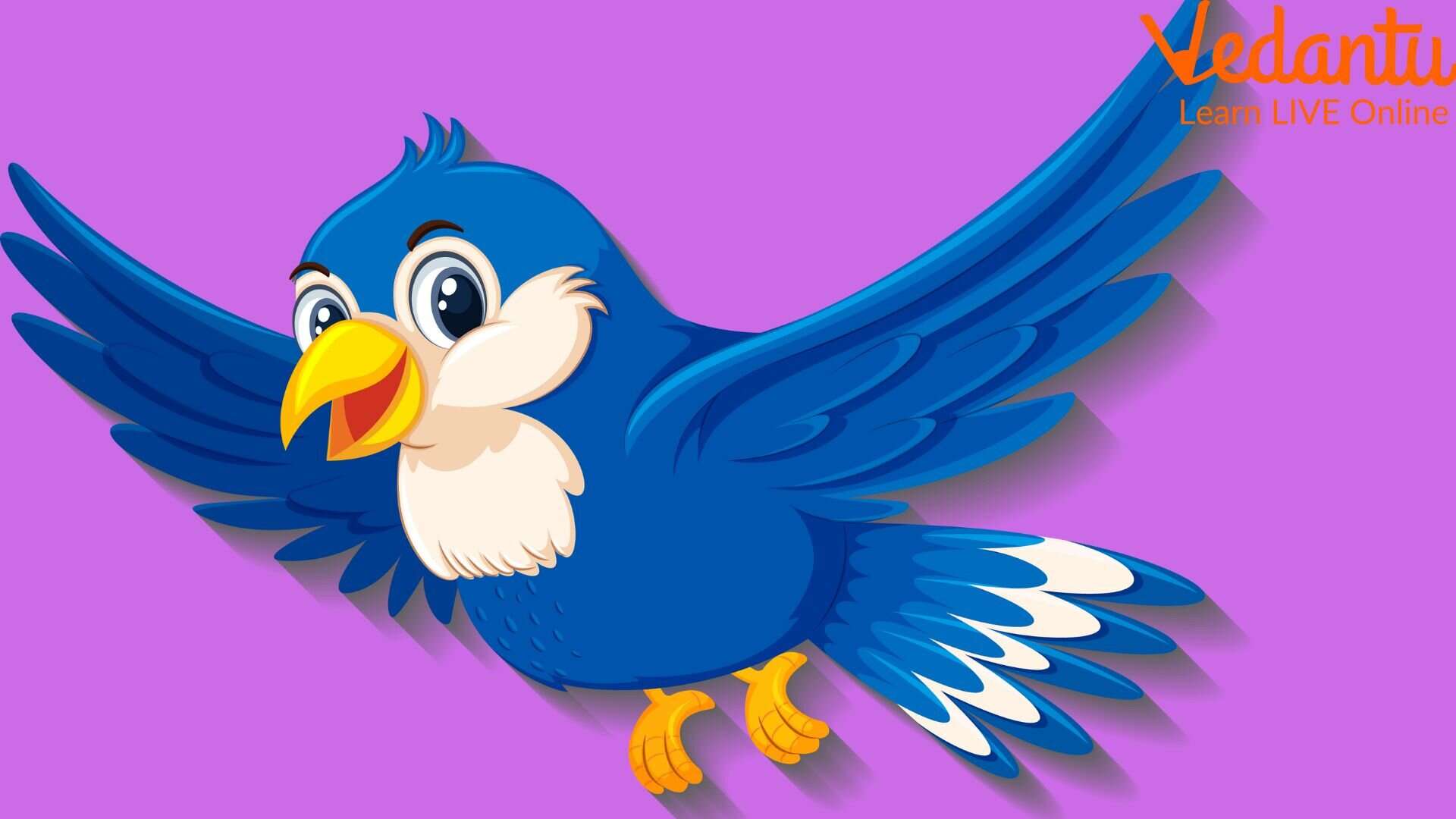Myths About Birds and Real Facts Behind Them
Myths related to birds are prevalent for ages in our society. They are a few bizarre things that we intend to believe but are actually not true. Over the years, we have found many ways to learn about the lives of birds and found that all these myths are not true.
The source of such myths cannot be traced. Some are simply so baseless that we find it funny that people used to believe them. Here is a list of myths about birds we should know and the truth behind them.
10 Myths Related to Birds
Birds have been one of the interesting elements included in different rituals and beliefs in India. Their sightings, cries, and presence are considered either fortunate or dreadful. Check out this list of myths related to birds and their behaviours.
1. Pullu bird, the Ominous One
Pullu bird, an owl species in Kerala, is considered to be ominous. It has been believed that if this bird flies over an expecting mother, the unborn child will suffer from diarrhoea and may die. It was believed that when a pregnant woman listens to the pullu bird sound, her child will be born with diseases and will curl up resembling that of the bird. Eventually, the child will die of the disease. It is not at all true.
2. Kooman Bird
The kooman bird, also a species of the owl family, is a bearer of bad luck and death. It is according to South Indian mythology that this type of owl brings bad luck to an entire family. On the other hand, some Hindu communities believe that owls are sacred as they are the vehicles of Goddess Lakshmi, the goddess of wealth and prosperity. However, the sightings of mottled wood owls or kooman are considered to be ominous in South India.
3. Birds Sing because They Are Happy
It is thought that birds sing when they are happy. This is a myth that we associate with our happiness when we listen to bird songs in the morning. It is actually not true. They chirp and make sounds to communicate with each other. It can also be a distress call for all other birds or to warn. The myth that birds sing when they're happy is absolutely not true. In fact, birds when caged make distress calls. They feel anxious and try to find a way to be free.
4. Birds Maintain a Pair Throughout Their Lives
Some people believe that birds will maintain a pair throughout their lives. They will remain loyal to their partners. It is actually not true. There are a few birds that make a nest and rear babies with only one partner such as the albatross.

Myths Related to Birds
5. Swallows Bury Themselves in Mud to Survive in Winter
This is a common bird myth related to swallows. As we were unable to trace swallows in the winter season, a myth originated that they bury themselves underground to save themselves from the chilly winter season. It is not actually true. We cannot locate swallows in winter as the food source reduces in winter considerably. They also migrate to someplace warmer. For example, Purple Martins fly nearly 10,000 miles to the Southern Hemisphere during winter seasons.
6. Beet Sugar Does Not Attract Hummingbirds
It was found that beet can be an alternative source of sugar when sugarcane is not produced. When the sugarcane season was over, beet was found to be very useful to produce sugar. At that time, sugar was higher in demand than beet. Birds beet sugar was used to make desserts as an alternative. This myth was spread by the cane sugar producers to target beet sugar producers.
7. The Existence of Mythological Birds
You will find a mythological birds list that dictates different myths. For instance, Adarna is a bird from the Philippines that has healing power. It can also turn people into stone when they fall asleep. Another mythological bird we are aware of is the Phoenix. It is said the Phoenix rises from its own ashes. A full-grown Phoenix catches fire and gives birth to a small one. Hence, it is considered to be immortal.
8. You Have a Bird’s Brain
People often mock others by telling them that they have a bird's brain. Birds are not stupid. Yes, their brains are smaller than ours but they can use them efficiently. They can navigate thousands of miles without using a device. They can recognise their relatives even after years. They also recognise the sounds of other animals too. In fact, birds such as crows are also known to use tools. Hence, the mocking term used to demean someone is just a myth.
9. An Owl Spins Its Head
This myth is entirely unscientific in nature. Owls can rotate their heads more than most animals but they cannot turn them entirely. Owls generally can rotate their heads up to 270 degrees but not full 360 degrees. The skin and muscles on their torso and neck stop them from rotating their heads fully.
10. If You Touch Baby Birds, Their Parents Will Abandon Them
It is not true. If someone touches a baby bird, its parents will not discard it. We have seen birds giving birth in captivity with human beings around them. They do not abandon their young ones even when they find human scent on them.
Conclusion
These are the common myths about birds that are not true. The information provided here is based on research and observation that explains these myths to be false. Moreover, the scientific evaluation of bird behaviour proves these myths to be wrong. Most birds are gentle and intelligent creatures and some are gradually disappearing due to the harm caused by human activities. It is important that we try to protect them and ensure they can live freely. Hence, believe in facts and forget these superstitions and myths.







